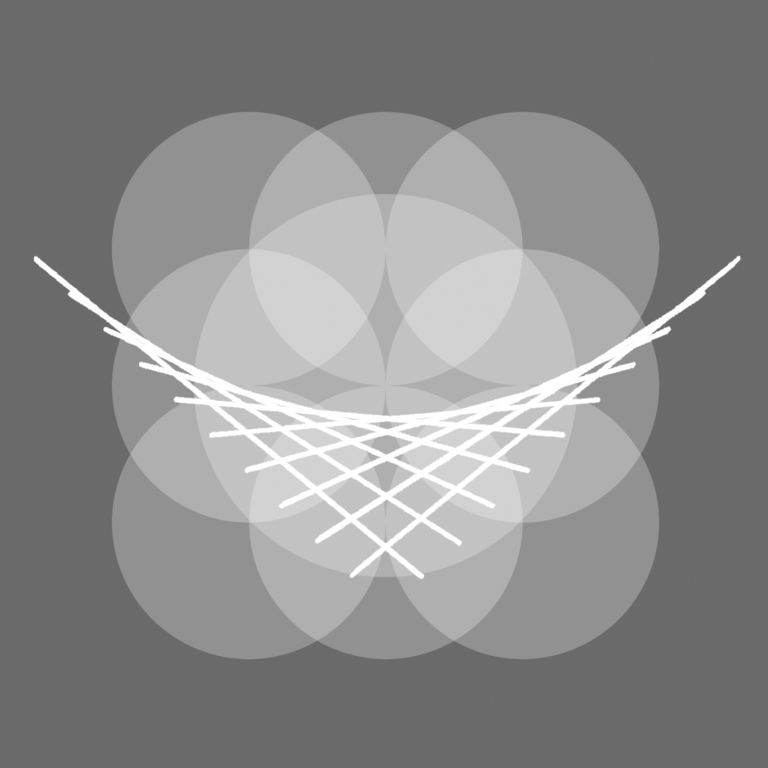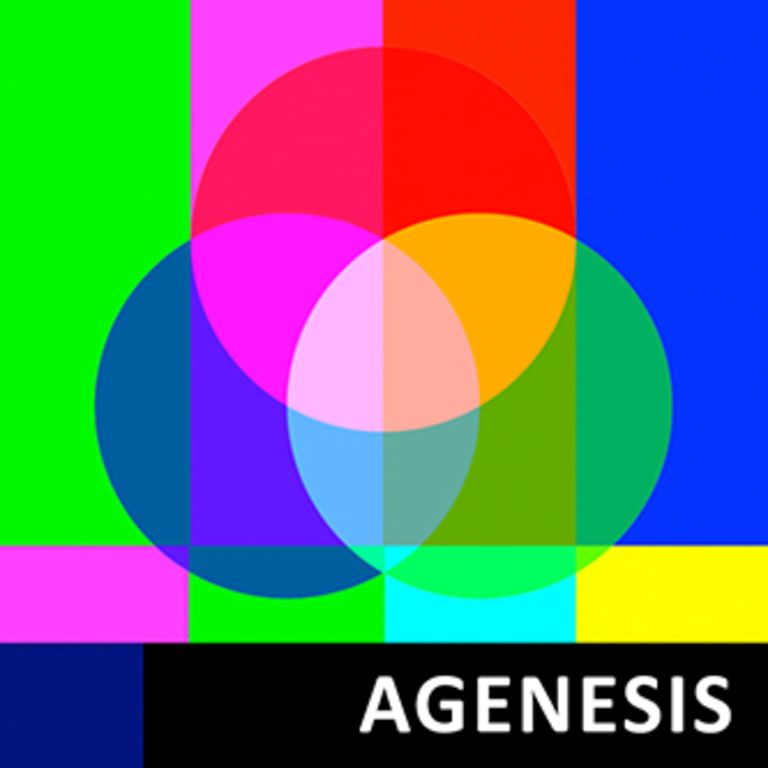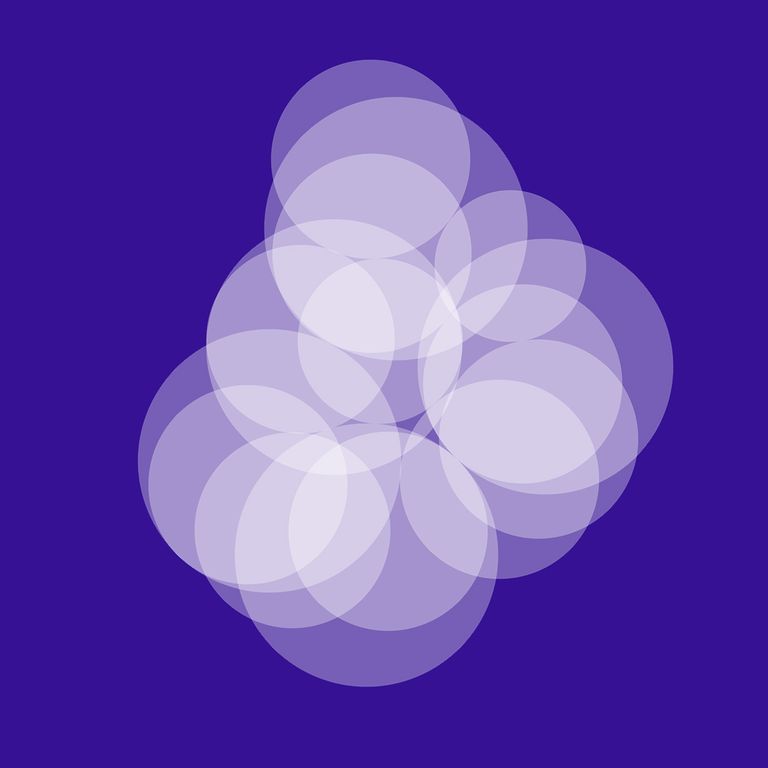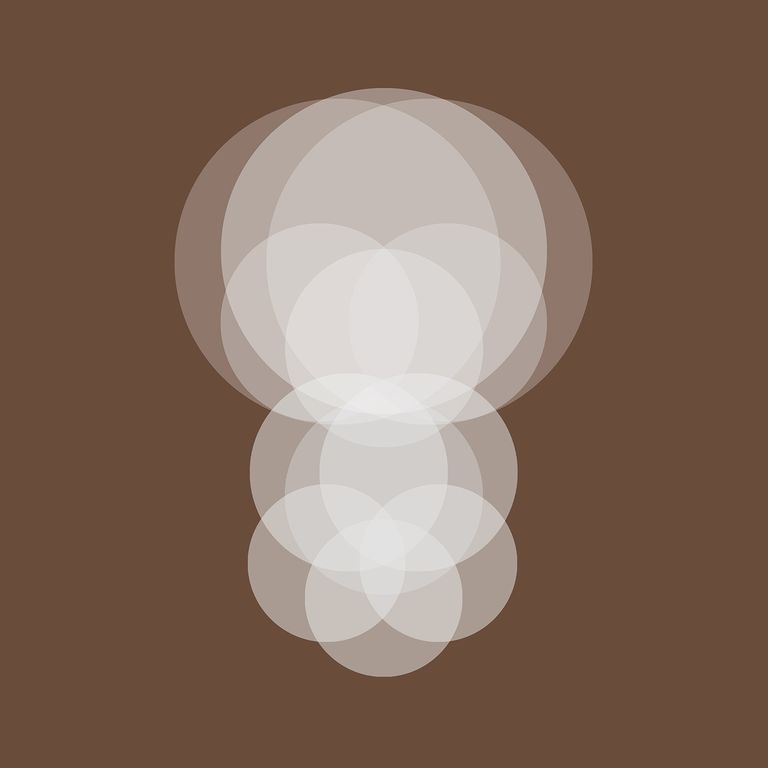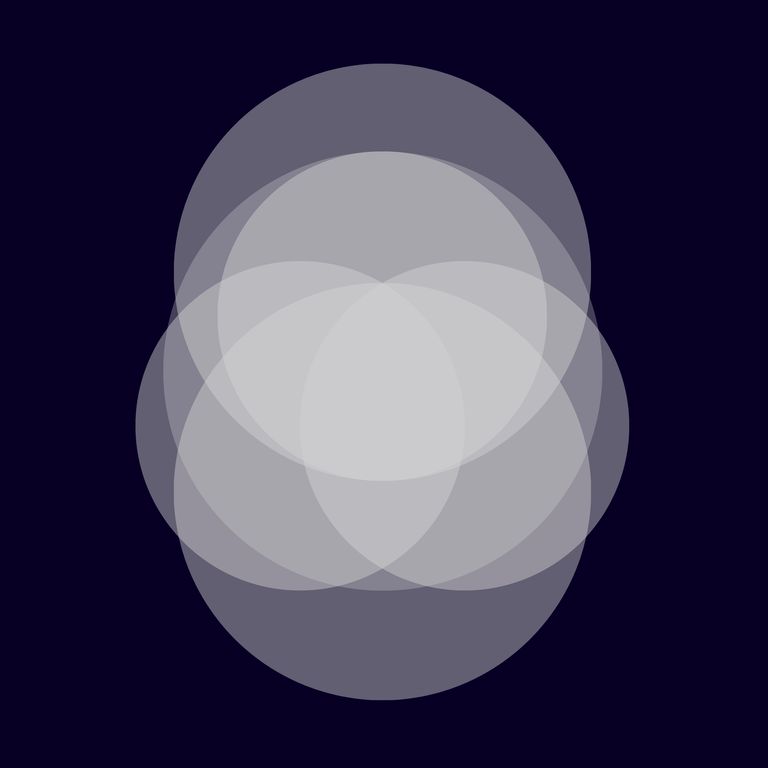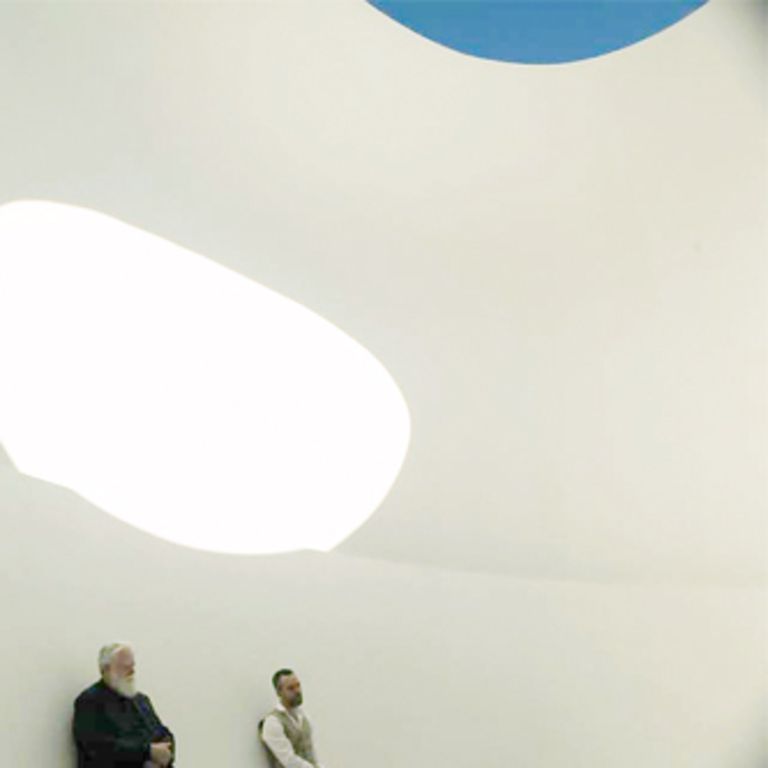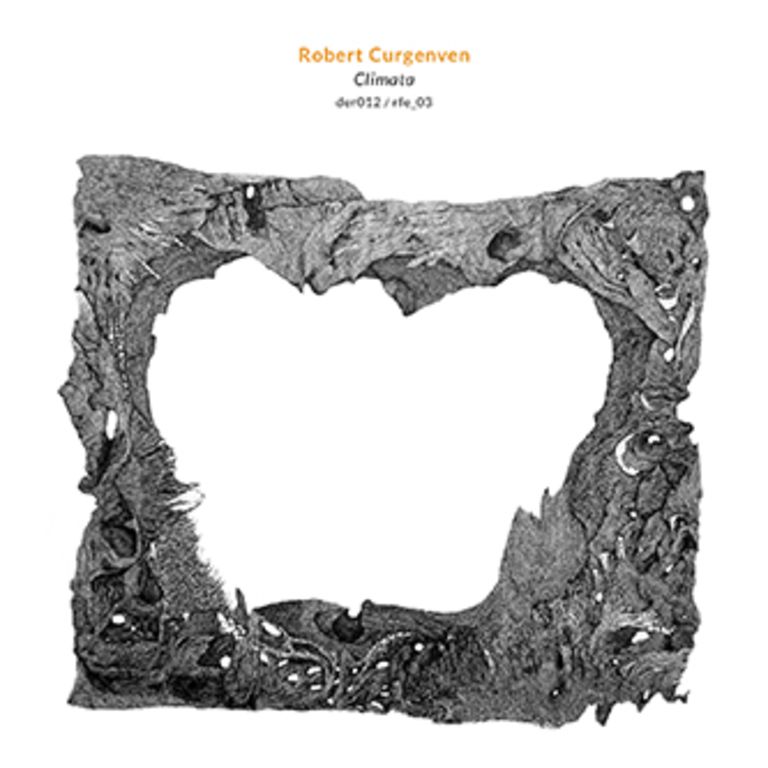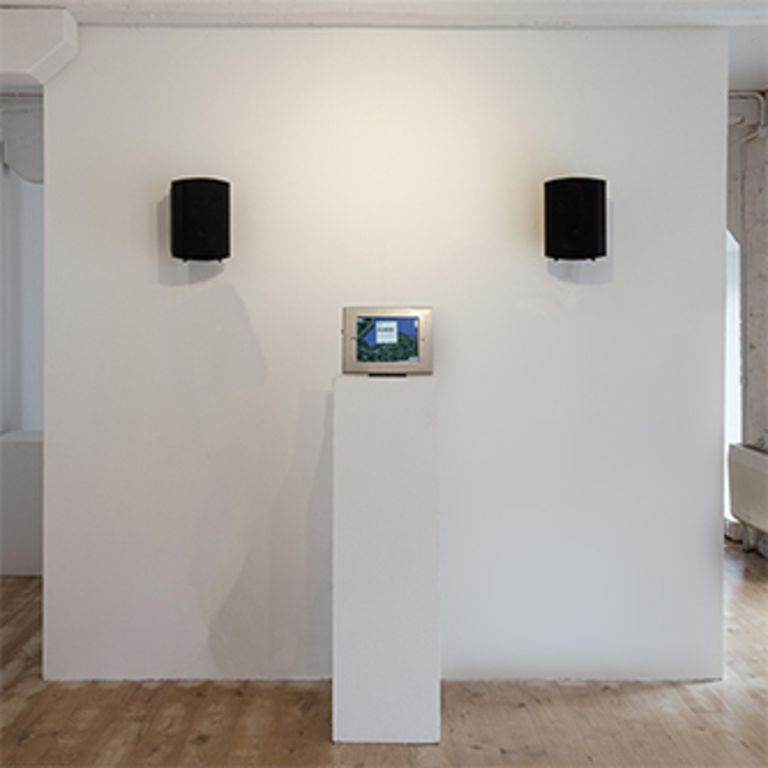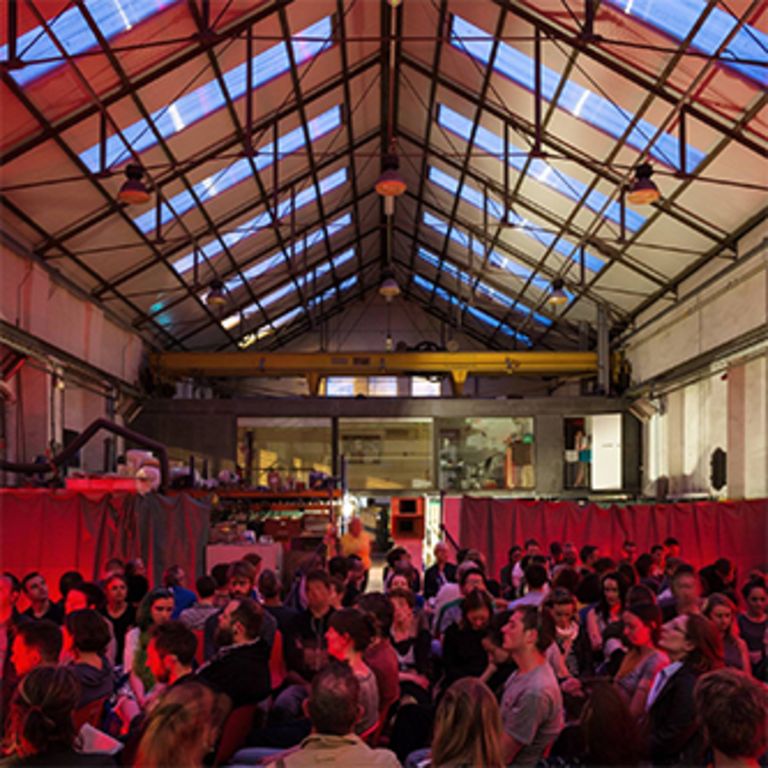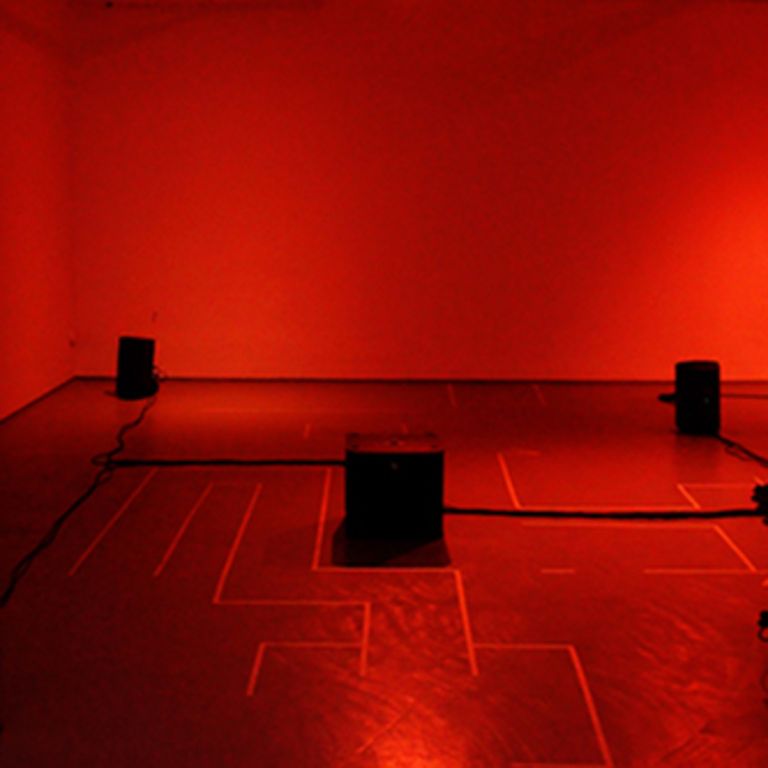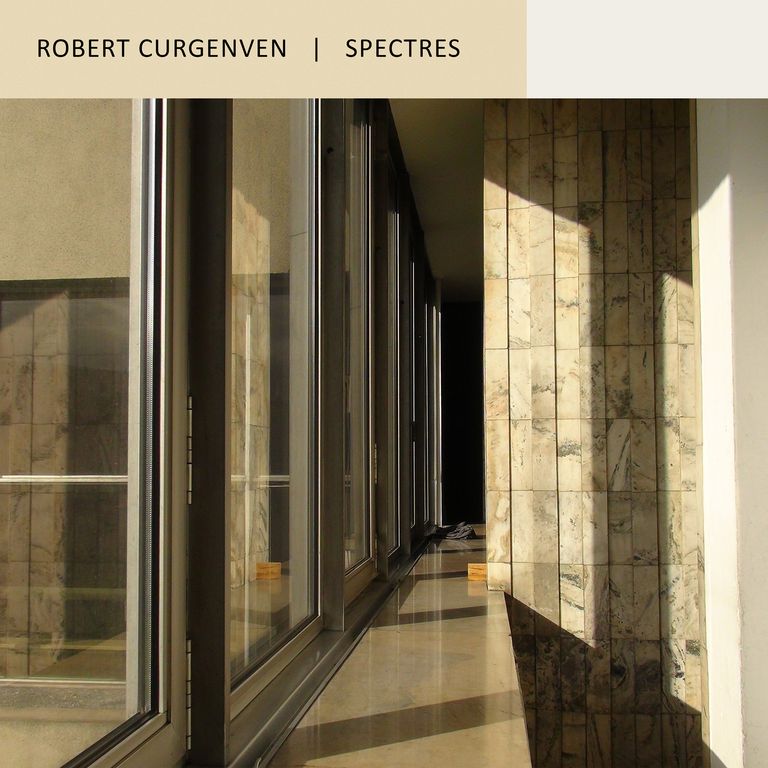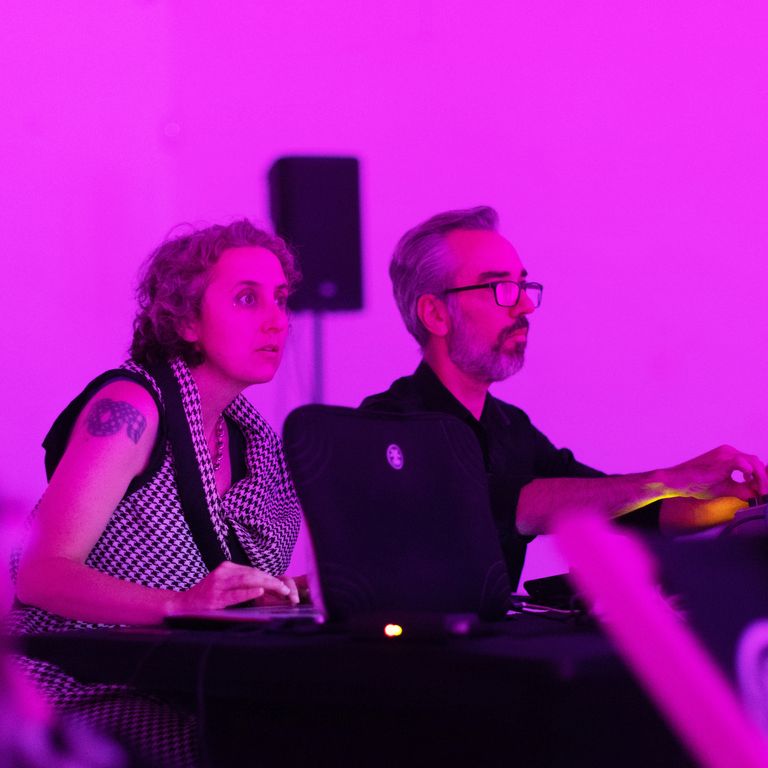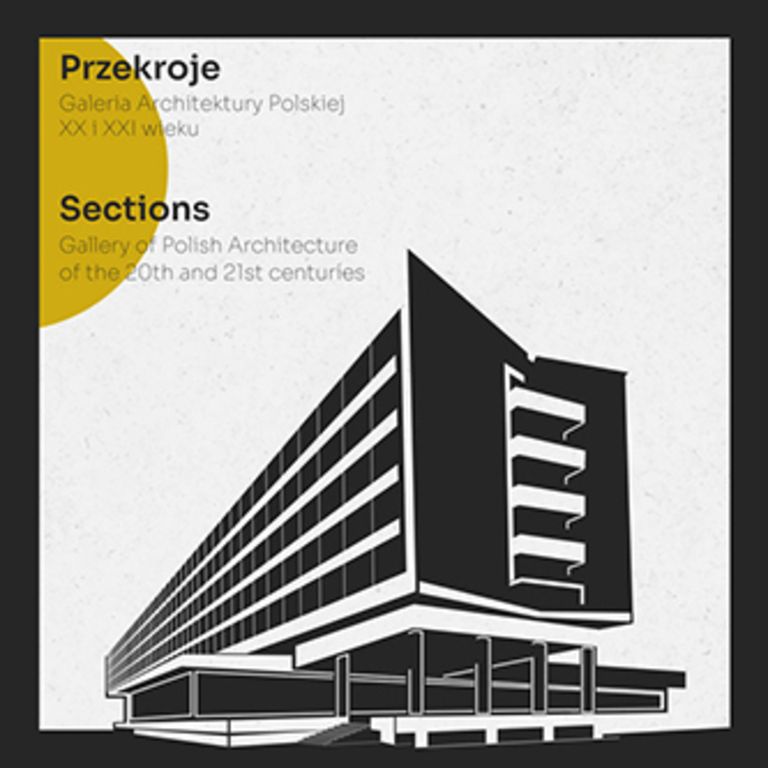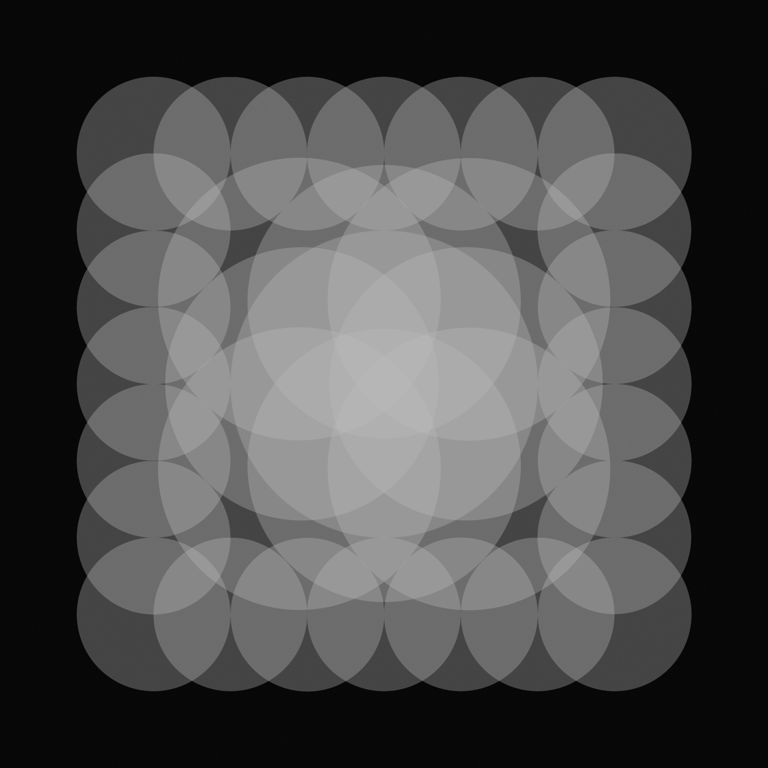
Berlin Offene Form Pavillon der Luft
Audio work / Sound walk accessible via Echoes app
Duration variable
Specific installation area: 28m long x 28m wide
Located at the Neue Nationalgalerie forecourt, Berlin
Access the work here and open it in the echoes app (not a browser)
Part of the pan-European Open Form Pavilion of Air series
A concert performance comprising electronic elements from this series combined with live pipe organ was commissioned by New Music Dublin and performed in April 2023 for their New Music Dublin Festival (supported by the Arts Council & National Concert Hall).
The Pavilion is easy to access, just:
1. Download the Echoes app
2. Grab a mobile phone & headphones
3. Download the audiowork in the app (not a browser) using the link or QR code, save it to your phone so then its ready to open when at the location at Neue Nationalgalerie.

